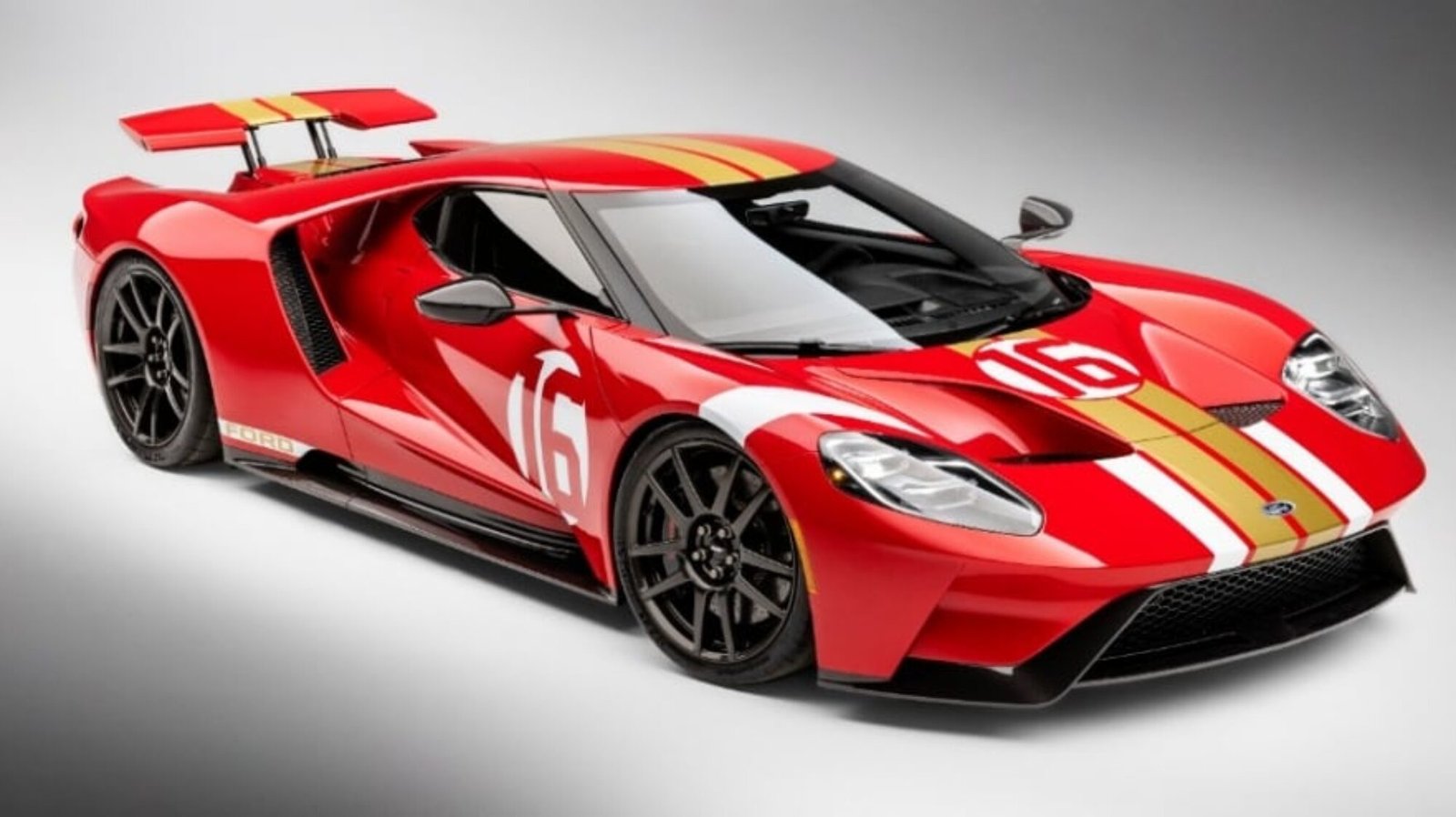How to Spot Fake Vintage Cars
Owning a vintage car can be a dream come true for many car enthusiasts. However, the process of purchasing a classic vehicle can be tricky, especially with the rise of counterfeit models on the market. Spotting fake vintage cars requires a keen eye and some knowledge about what makes a car truly authentic. In this guide, we’ll walk you through the essential tips to help you spot fake vintage cars and make sure you’re buying the real deal.

Check the Vehicle Identification Number (VIN)
One of the first steps in identifying fake vintage cars is checking the Vehicle Identification Number, or VIN. The VIN is like the car’s fingerprint; it is unique to each vehicle and contains crucial information about the car’s make, model, year, and place of manufacture.
To start, locate the VIN on the car, which is usually found on the dashboard, driver’s side door, or under the hood. Once you have the VIN, cross-check it with the car’s documents, such as the title and registration. Ensure that the numbers match and are consistent with the car’s specifications. Additionally, you can use online databases to verify the VIN and get a detailed report on the car’s history. This step helps you spot discrepancies that might indicate a fake vintage car.
Inspect the Car’s Body and Frame
When it comes to spotting fake vintage cars, a thorough inspection of the car’s body and frame is essential. Look for signs of tampering, such as mismatched paint, uneven panels, or weld marks. These could indicate that the car has been modified or pieced together from different vehicles.
Moreover, check for rust and damage that seem inconsistent with the car’s age. While some wear and tear is expected on an older vehicle, extensive rust or structural damage could suggest the car has been in an accident or is not as old as claimed. A professional inspection by a classic car expert can also help uncover hidden issues and provide a more accurate assessment of the car’s condition.
Examine the Interior Details
The interior of a vintage car can tell you a lot about its authenticity. Fake vintage cars often have interiors that do not match the original factory specifications. Pay close attention to the upholstery, dashboard, and controls. Original interiors usually have a certain level of wear that aligns with the car’s age, whereas new or mismatched interiors may indicate that parts have been replaced.
Check for signs of aging, such as faded fabrics, cracked leather, and worn controls. Be wary of cars that look too pristine, as this could be a red flag for a fake. Also, compare the interior details with photos and descriptions of authentic models from the same year and make. This comparison will help you identify any inconsistencies that could suggest the car is not genuine.
Verify the Engine and Mechanical Parts
The engine and mechanical parts are also key areas to inspect when trying to spot fake vintage cars. An authentic vintage car will have an engine that matches the original specifications for that make and model. Be sure to check the engine number and compare it with the VIN and other documentation to ensure they align.
Additionally, examine the condition of the engine and other mechanical components. Look for signs of wear and tear that are consistent with the car’s age. Newer parts or components that don’t match the car’s era could be a sign that the car has been modified or restored with non-original parts. If you’re not mechanically inclined, consider hiring a professional mechanic who specializes in vintage cars to conduct a thorough inspection.
Review the Car’s Documentation
Proper documentation is crucial when buying a vintage car, and it can help you spot fake vintage cars. Original paperwork, such as the bill of sale, title, and service records, can provide valuable information about the car’s history and authenticity.
When reviewing the documentation, look for inconsistencies or missing information that might raise red flags. For example, if the car is advertised as a one-owner vehicle but has multiple names on the title, this could indicate a problem. Additionally, verify the authenticity of the documents themselves. Fake vintage cars are often accompanied by forged or altered paperwork, so be sure to scrutinize everything carefully.
Seek Expert Advice
If you’re unsure about a vintage car’s authenticity, seeking expert advice is always a good idea. Classic car appraisers, mechanics, and enthusiasts can provide invaluable insights and help you avoid costly mistakes. They have the experience and knowledge to identify fake vintage cars and can often spot things that the average buyer might miss.
Joining a classic car club or online forum can also be beneficial. These communities are full of passionate enthusiasts who are often happy to share their knowledge and help others. You can learn a lot from their experiences and get recommendations for reputable sellers and dealers.
Conclusion
Buying a vintage car is a significant investment, and the last thing you want is to end up with a fake. By following these tips on how to spot fake vintage cars, you can protect yourself from scams and ensure that you’re purchasing an authentic classic vehicle. Remember to check the VIN, inspect the body and frame, examine the interior, verify the engine, review the documentation, and seek expert advice. With careful research and attention to detail, you can confidently navigate the world of vintage cars and find the perfect addition to your collection. Happy car hunting!

